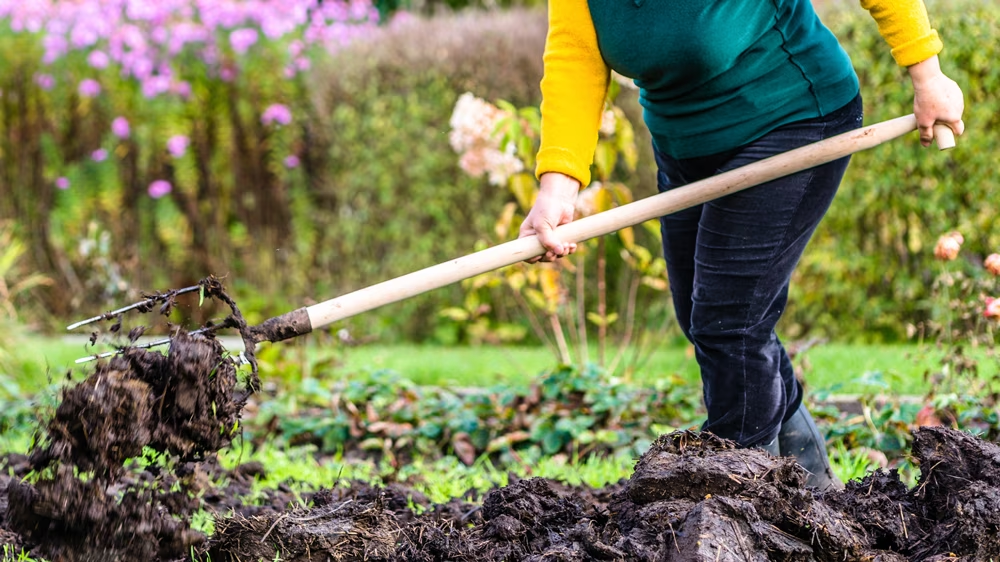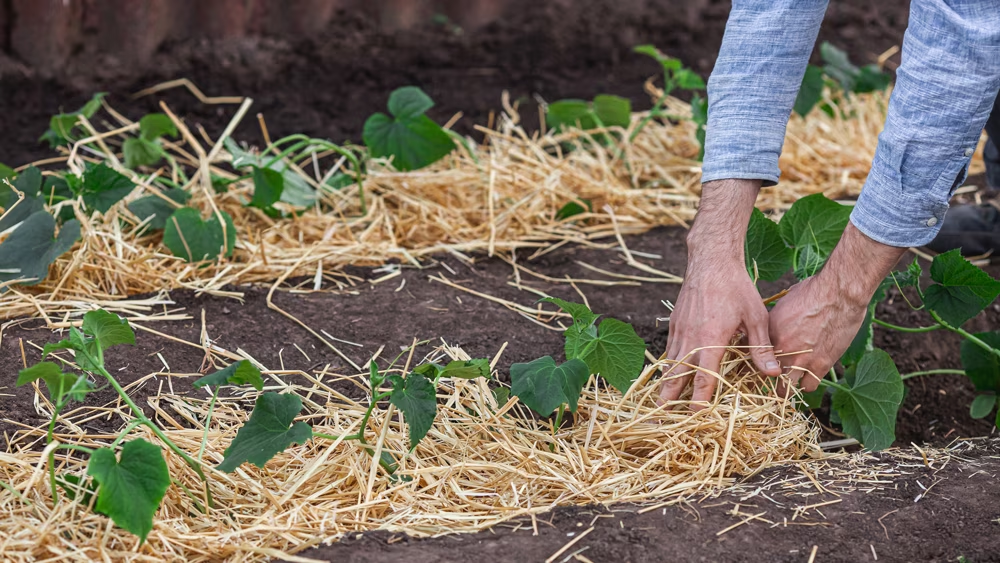When the air gets a chill and most of the plants in your garden have given all they’ve got for the year (apart from winter-hearty shrubs and cold-temp lovers like poinsettias), you may be tempted to lock your garden shed up tight and say farewell to your landscaping tasks until spring.
However, putting in a little extra effort into prepping the soil before the season starts can pay off big once you’re ready to start planting again. It may even lead to a more robust growing season well into the next summer and fall. Here are some strategies to consider:
Cut plants, but leave the roots
Unless the plants you’re removing have a concern, like suspected disease, it’s best to cut the stems and leaves but leave the roots in the soil. That’s because the roots decompose over the late fall and early winter, providing microorganisms that contribute to soil nutrition. That doesn’t apply to weeds, though: Pull those up, roots and all, so they don’t return with the warm weather.
Fortify with manure or compost
Although it might be a regular habit to incorporate these in the spring, adding a few inches of compost on top of garden beds before the soil freezes allows for better nutrient absorption over the winter. To allow the compost to get deeper into the soil, rake up a few inches at the top before adding.
Cover with mulch
Once soil has a couple inches of manure or compost, put a thin layer of straw or mulch on top. Not only does this help prevent soil erosion during periods of freezing and thawing, but it also helps “lock in” the compost’s nutrients. Another bonus: This will assist in reducing weed development, so you won’t have to work so hard (or use herbicides) in the spring.
If you don’t have mulch or straw handy, simply covering the beds can produce the same effect. For that, you might use cardboard or newspapers, which can both break down into the soil. If you have leaves that you’ve raked from the lawn, putting them on top of the beds as a last step is a great way to keep the soil insulated for longer, allowing the compost to do its job.
Not sure how well the efforts are working? Try prepping most of the garden with these tactics but leave one section alone. When spring officially arrives, you’ll be able to test your efforts, determining whether the prepped soil seems healthier and if plants grow faster and heartier in those sections.













